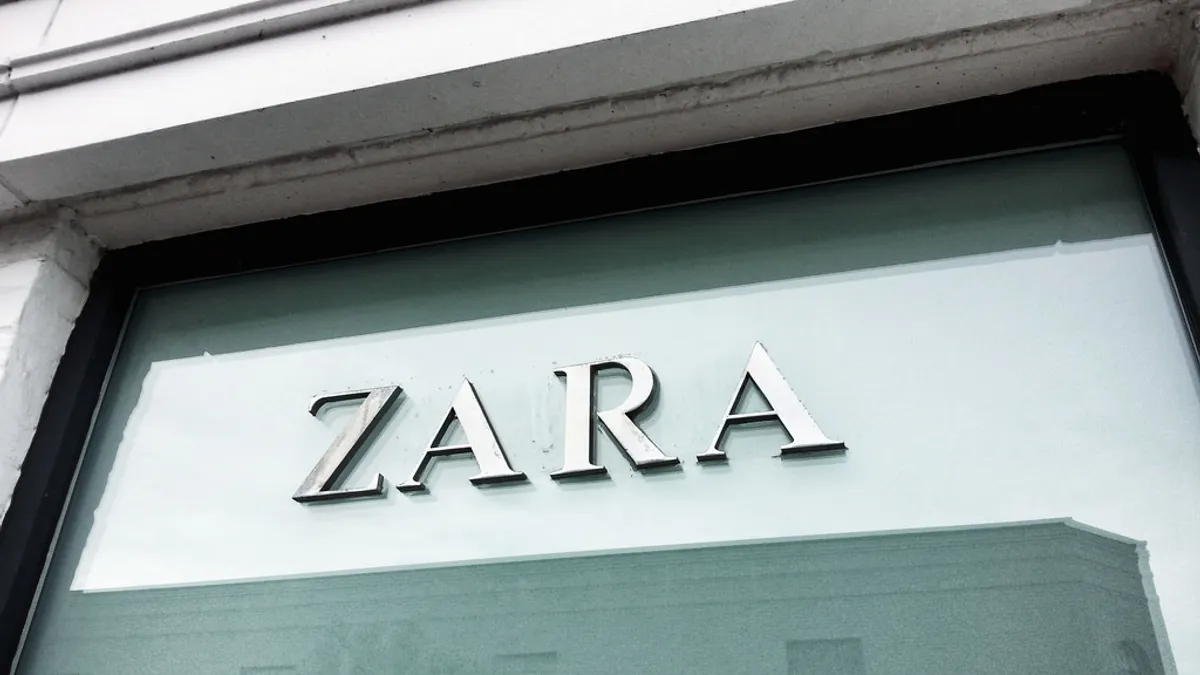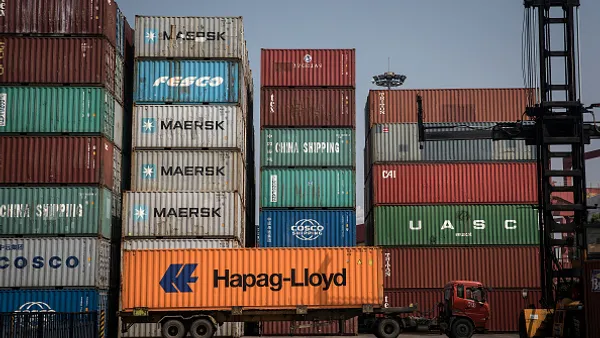Dive Brief:
-
Zara owner Inditex on Wednesday reported that operating profit in the first half of the year rose 8% to 1.61 billion euros ($1.8 billion), beating expectations; analysts cited by Bloomberg expected profits to reach 1.58 billion euros.
-
Inditex’s net sales in the first six months of 2016 increased by 11% to €10.47 billion, with positive growth in all geographical areas it operates, the company said. Sales in local currencies grew 16%. Same-store sales in the period grew by 11%, up from the 7% growth over the same period in 2015. Early in the second half, between Aug. 1 and Sept.18, sales in local currencies in stores and online have grown 13%, the company said.
-
The report Wednesday drew kudos from analysts, and shares rose as much as 1.6% in early trading. “In light of the difficulties being experienced among clothing peers, today’s results act as another reminder of the quality of the Inditex business model,” Exane BNP Paribas analyst Simon Bowler said in a note, according to Bloomberg.
Dive Insight:
Inditex's first-half report emphasized the growth of its physical footprint, saying that the retailer developed and renovated buildings in key areas of key cities in tune with their cultures, like local music scenes. But Inditex Chairman and CEO Pablo Isla also took pains to say that the retailer’s online and offline sales approaches are fully integrated.
“Both our online and bricks-and-mortar stores are seamlessly connected, driven by platforms such as mobile payment, and other technological initiatives that we will continue to develop,” Isla said in a statement.
In other news, Inditex’s Zara brand unveiled its “Join Life” collection, a new eco-friendly line of minimalist separates. Fast fashion, a segment pioneered by Inditex, remains a target of criticism for its impact on the environment: Opponents say the fast fashion model is unsound, relying on a super-speedy manufacturing process and supply chain approach that uses large amounts of water and generates too much textile waste.
According to Zara, Join Life apparel is created from more sustainably produced wool and other fabrics. But some experts say that such moves don’t go all that far to reconcile fast fashion’s damage to the environment.
“Wouldn’t it be a dream if [fast fashion retailers] stood up and said, ‘We are going to do one less delivery this year, we’re putting too many clothes out there, and we’re going to take a profit cut?’,” Kathleen Wright, founder of Piece & Co., told Glossy last month. “The race to the bottom in my opinion is very real.”













